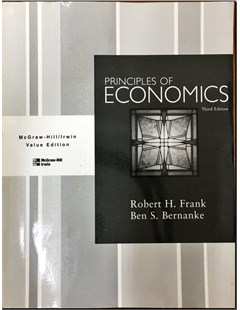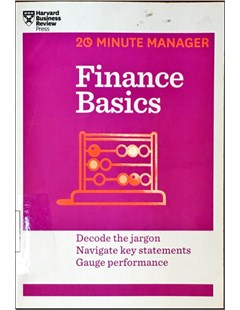Principles of economics third edition
Avoiding excessive reliance on formal mathematical derivations, Frank and Bernanke 2e presents concepts intuitively through examples drawn from familiar contexts. The authors introduce a well-articulated short list of core principles and reinforce them by illustrating and applying each in numerous contexts. Students are periodically asked to apply these principles to answer related questions and exercises
2007
Avoiding excessive reliance on formal mathematical derivations, Frank and Bernanke 2e presents concepts intuitively through examples drawn from familiar contexts. The authors introduce a well-articulated short list of core principles and reinforce them by illustrating and applying each in numerous contexts. Students are periodically asked to apply these principles to answer related questions and exercises.
The text also encourages students to become "Economic Naturalists," people who employ basic economic principles to understand and explain what they observe in the world around them. An economic naturalist understands, for example, that infant safety seats are required in cars but not in airplanes because the marginal cost of space to accommodate these seats is typically zero in cars but often hundreds of dollars in airplanes. Such examples engage student interest while teaching them to see each feature of their economic landscape as the reflection of an implicit or explicit cost-benefit calculation.
Lobert H. Frank. Principles of economics third edition. Mc Graw Hill, 2007
 |  |  |
| Principles of economics third edition | Finance Basics: Decode the jargon Navigate key statements Gauge performance | Mc Millan on Options |
Thứ Ba, 08:27 15/11/2022
Copyright © 2018 Hanoi University of Industry.